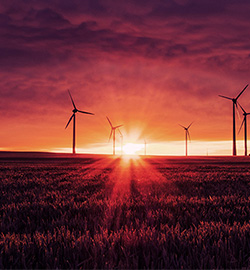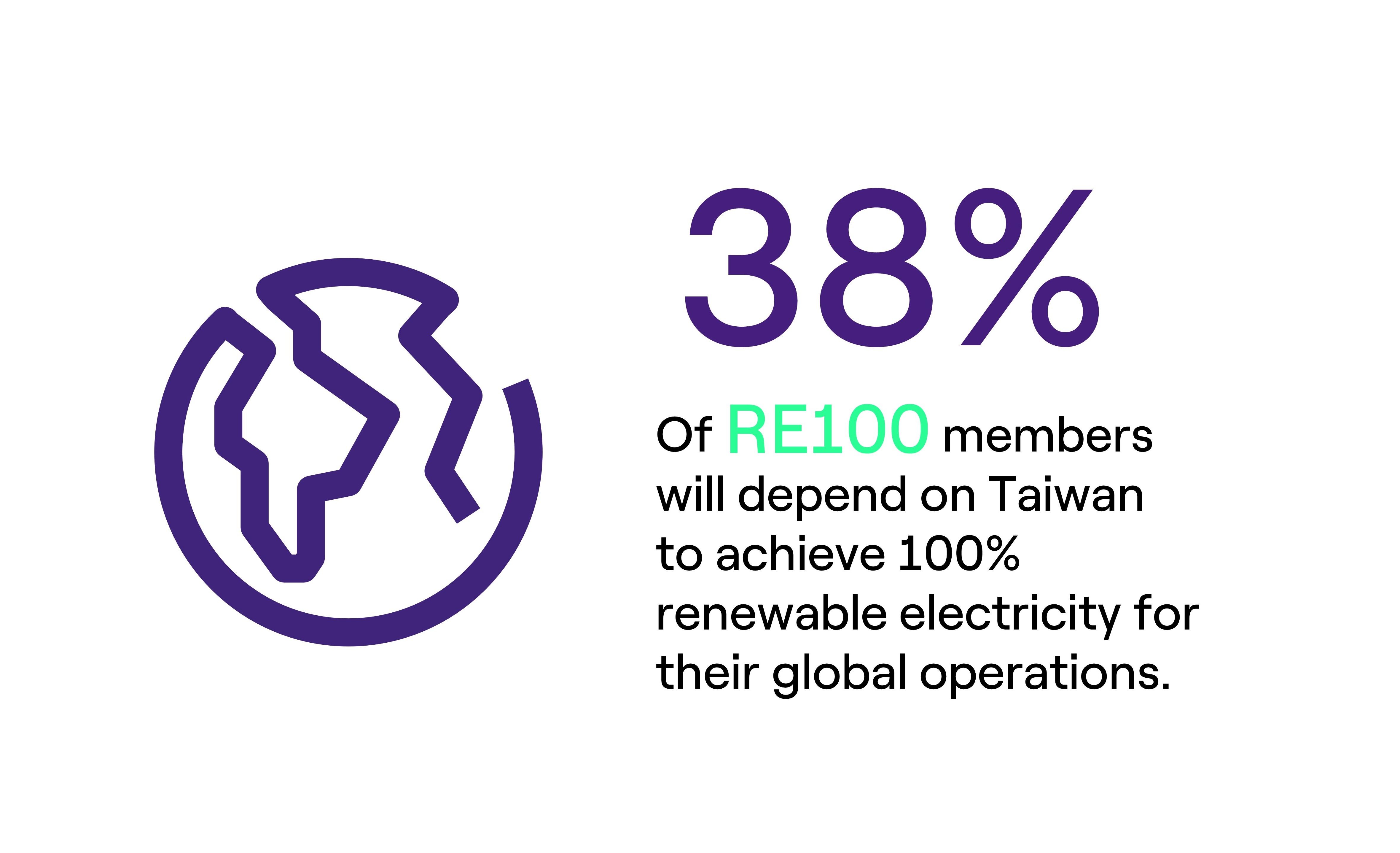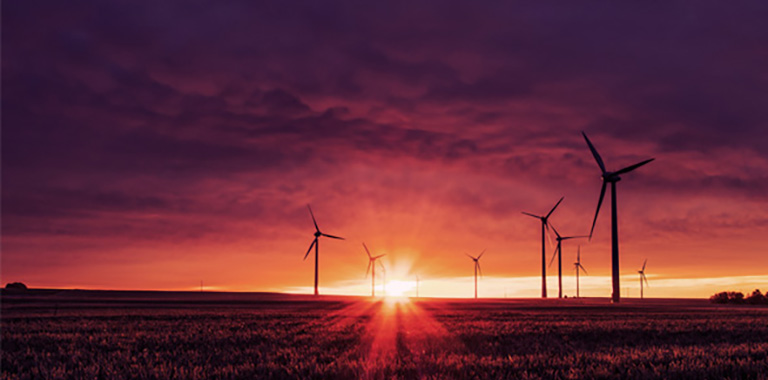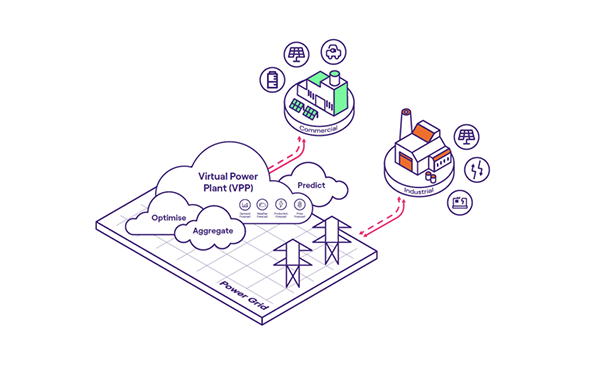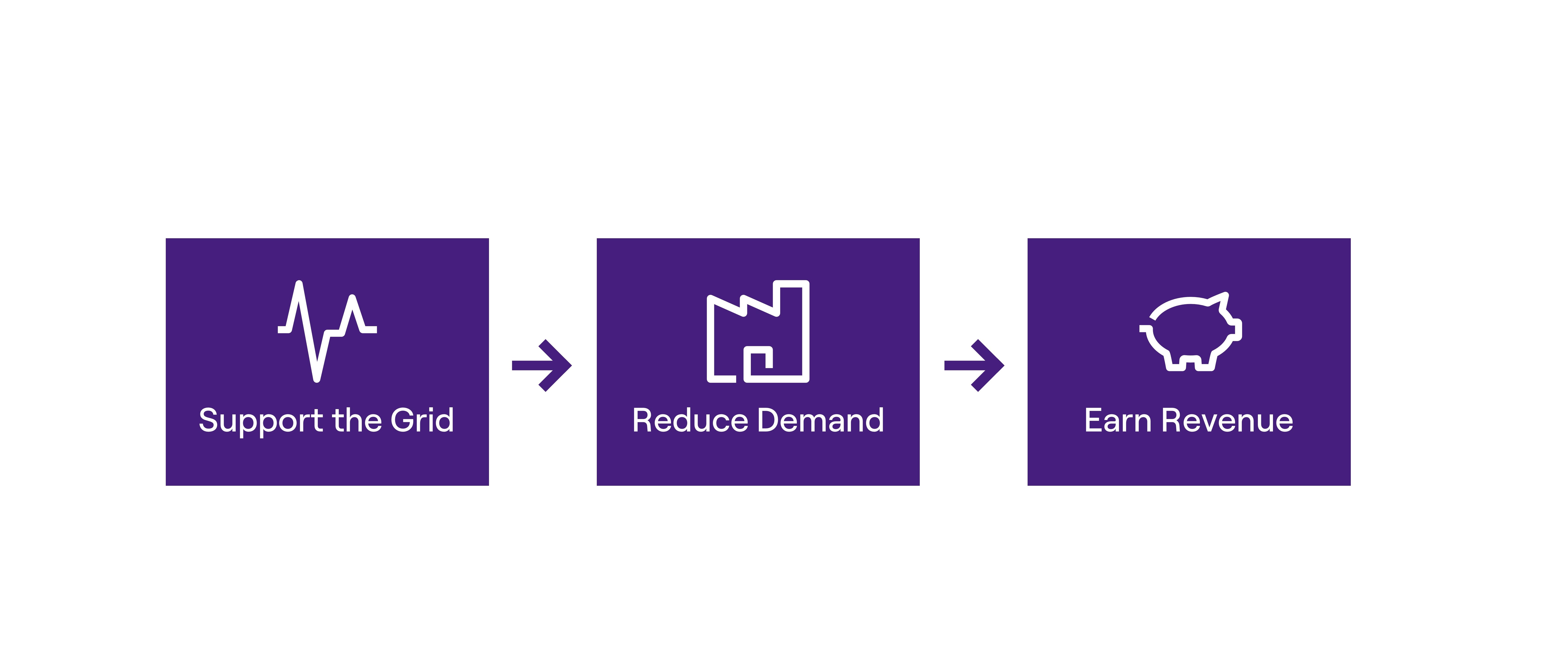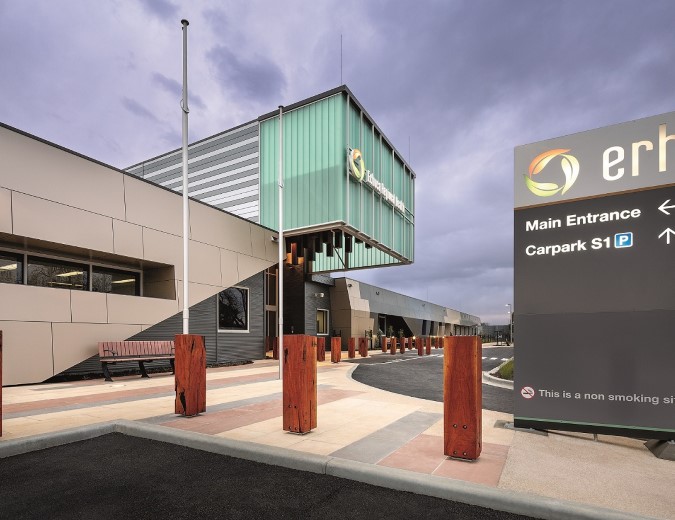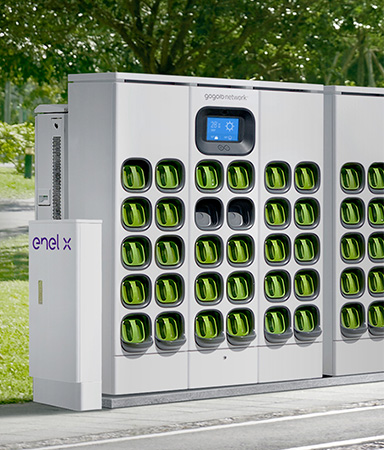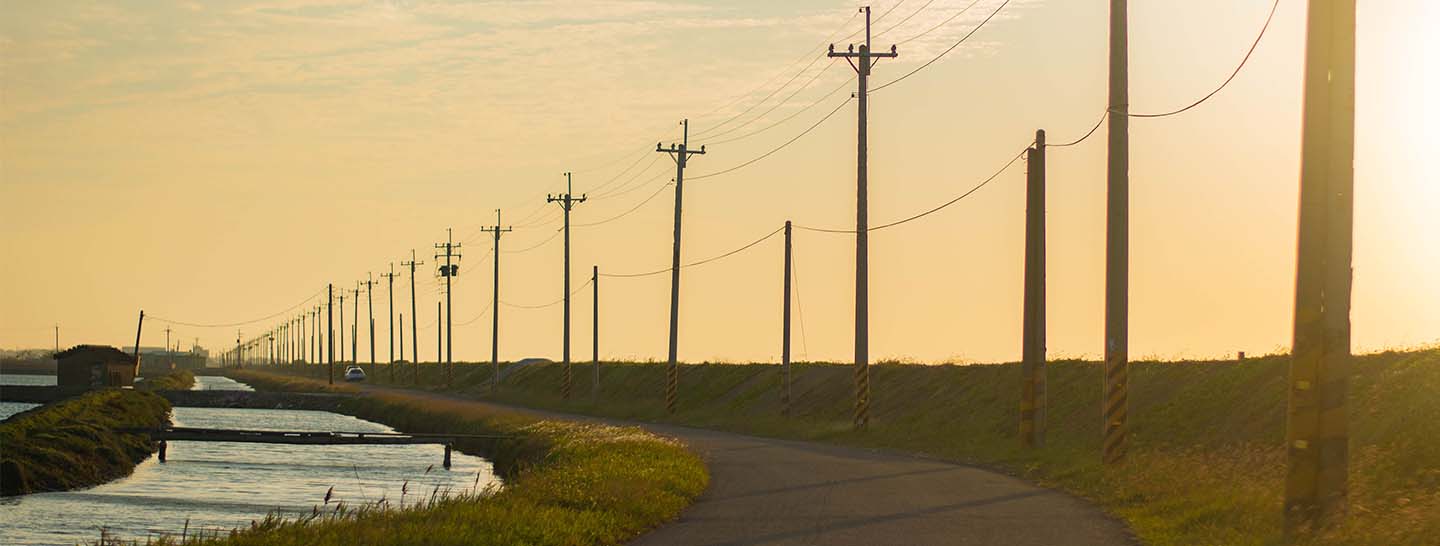2021 will be remembered as the year Taiwan began its race to carbon neutrality with the acceleration towards renewable power. The year began with an announcement on January 1st that Taiwanese enterprises need to commit to a new regulation which asked large energy users (with contracted capacities >5MW) to get serious about their renewable energy obligations by installing or using 10% of renewable power generation. Many businesses have already formed aggressive plans to achieve an even higher share of green energy consumption.
Taiwan is a global design and manufacturing hub, and home to many major global supply chains, and as such is critical to global companies’ pledge to achieve Net Zero Emissions. In fact, 38% of RE100 members depend on Taiwan to achieve 100% renewable energy use for their global operations1.
1. RE100 Climate Group, Meeting demand with supply: renewable energy market briefing Taiwan, 10 December 2020.
